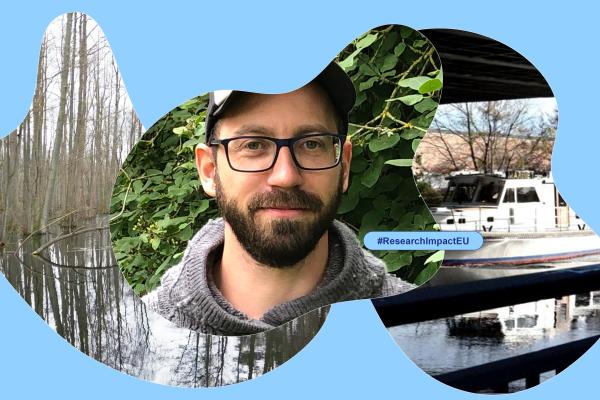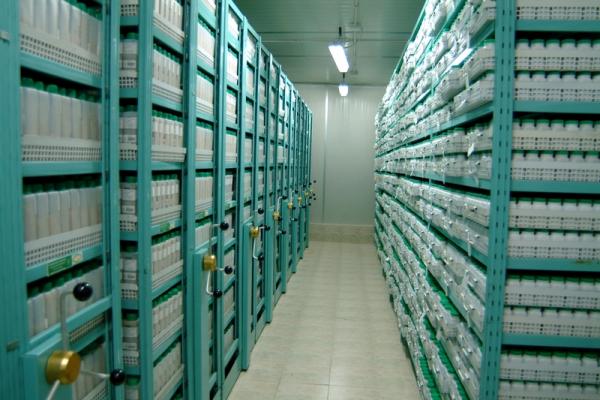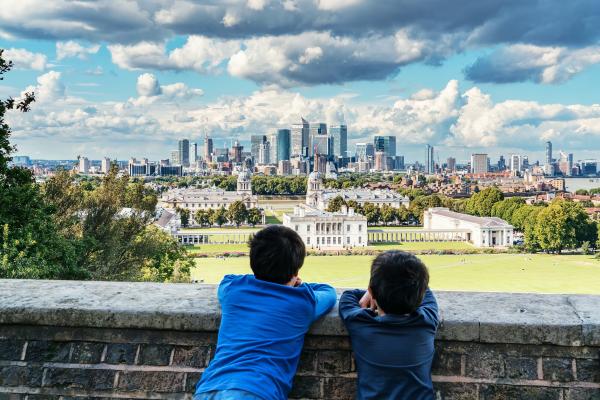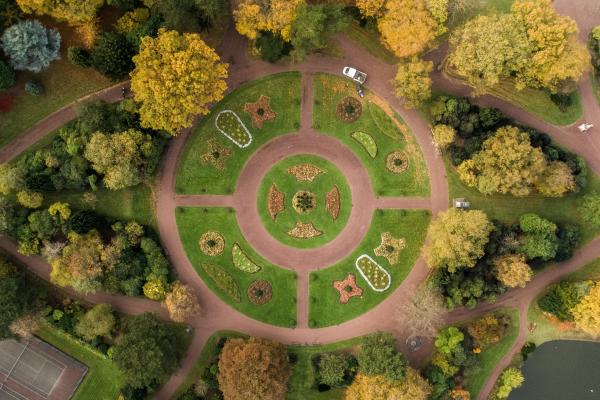The ability to keep food, medicines, vaccines and our buildings cool underpins much of our modern way of life, but it is also a major source of greenhouse gas emissions. If the world is to meet its…
Care homes that let people age with integrity, green kindergartens and community centres that bring together people of all ages were some of the visions for how to build a better Europe presented by…
New technologies that capture and recycle carbon dioxide from industrial processes such as steel and cement making will be vital if the EU is to meet its goal of slashing greenhouse gas emissions by…
Microscopic organisms known as extremophiles inhabit some of the last places on Earth you might expect to find life, from the extreme pressures of the ocean floor to freezing ice caps. …
A circular bioeconomy – which turns renewable biological resources and waste streams into new products – is at the heart of the EU’s efforts to slash its carbon emissions while also maintaining…
Since the early 1950s, humans have produced more than 8.3 billion tonnes of plastic – the weight of around a billion elephants. About 60% of that plastic has ended up in a landfill or in the…
A bird flaps its wings, glides using air currents and then smoothly descends to perch on a pole. But this is not just any bird, it’s a robot bird. And robots like these could in the next decade be…
Trees, crops and even organic waste can be transformed into a bewildering array of plastics to use in products ranging from single-use bags to heavy-duty aeroplane wings.
Common medicines that have passed through patients' bodies are ending up in the environment, but the threat many of them pose to wildlife and human health still needs to be determined. It may even be…
Governments who build defences against rising seas can actually increase their citizens’ risk of being flooded – if they fail to take account of the ‘safe development paradox’, according to a flood…














